High-Altitude Oxygen Risk Calculator
Input Your Conditions
Risk Assessment
Going high up in the mountains can feel like a dream-crisp air, sweeping views, silence so deep you hear your own heartbeat. But if you’re thinking about popping a sleeping pill, sipping wine after dinner, or taking a benzodiazepine to calm your nerves, you’re putting yourself at serious risk. At elevations above 2,500 meters (8,200 feet), your body is already struggling to get enough oxygen. Adding sedatives to the mix doesn’t just make sleep harder-it can literally stop your breathing from working properly.
Why Your Body Struggles at High Altitude
At 3,000 meters, the air holds about 30% less oxygen than at sea level. Your body knows this. In response, it tries to breathe faster and deeper to pull in more oxygen. This is called the hypoxic ventilatory response. It’s not optional-it’s your lifeline. But here’s the catch: this response triggers a chain reaction. Faster breathing lowers carbon dioxide levels in your blood, making it more alkaline. That, in turn, tells your brain to slow down breathing. The result? Periodic breathing. You breathe hard for a few seconds, then pause for 10-20 seconds. It’s normal at altitude. About 75% of people experience it above 2,700 meters.
Now imagine a sedative-alcohol, diazepam, lorazepam, or even zolpidem-slows that breathing even more. The drug doesn’t just make you sleepy. It blunts your body’s natural alarm system. Your brain stops sensing how low your oxygen is. Your breathing slows further. Oxygen levels drop. And because you’re asleep, you won’t wake up when your body needs you to breathe harder.
Sedatives That Are Dangerous at Altitude
Not all sedatives are created equal. But most of the ones people reach for are exactly the wrong kind.
- Alcohol reduces your hypoxic ventilatory response by up to 25% at just a blood level of 0.05%-that’s one drink. Studies show it can drop your nighttime oxygen saturation by 5-10%. One traveler in the Andes saw their SpO2 plunge from 88% to 76% after one dose of lorazepam and a glass of wine. That’s not just uncomfortable-it’s life-threatening.
- Benzodiazepines like diazepam, lorazepam, and alprazolam suppress breathing by 15-30% at altitude. A 2001 study in the European Respiratory Journal found diazepam cut the body’s oxygen-sensing response by 28%. The CDC, Cleveland Clinic, and Wilderness Medical Society all say: avoid these completely during acclimatization.
- Opiates-even prescription painkillers like codeine or oxycodone-are the most dangerous. At 4,500 meters, therapeutic doses have been shown to push oxygen saturation below 80%. That’s the level where organs start to suffer damage.
These aren’t theoretical risks. A 2021 survey of 1,247 trekkers found that 68% of those who drank alcohol during their first two days at altitude reported worse symptoms of acute mountain sickness (AMS)-headache, nausea, dizziness-compared to just 32% of those who didn’t.
What About Zolpidem or Melatonin?
You might have heard that zolpidem (Ambien) is “safer.” The CDC’s 2024 Yellow Book does say zolpidem 5 mg is “generally safe and effective” if taken at least 8 hours before any activity. Why? Because it’s short-acting and doesn’t suppress the hypoxic ventilatory response as much as benzodiazepines. A 2017 study found it only lowered oxygen saturation by 2.3% at 3,500 meters-far less than diazepam’s 15-30% drop.
But here’s the catch: even that small drop can be dangerous if you’re already struggling. One Reddit user reported SpO2 dropping to 79% after taking just 5 mg of zolpidem at 4,000 meters. That’s below the 80% threshold experts consider risky. So even “safer” options aren’t risk-free.
Melatonin, on the other hand, shows real promise. Studies suggest 0.5-5 mg helps regulate sleep without suppressing breathing. A March 2024 study in the Journal of Applied Physiology found even 0.5 mg improved oxygenation slightly. The CDC doesn’t have official guidance on melatonin for altitude yet-but no major medical group warns against it. If you’re choosing a sleep aid, melatonin is the only one with a clean safety profile.
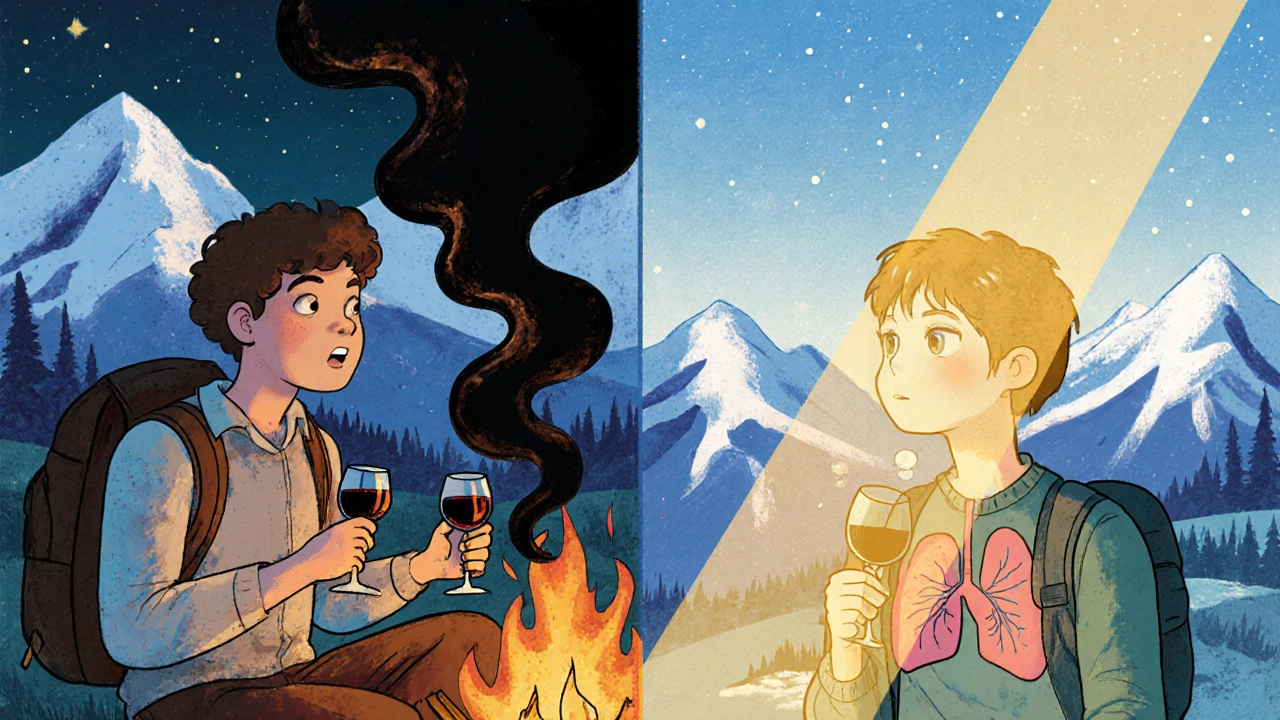
What You Should Do Instead
Forget pills. Focus on what your body needs: time and oxygen.
- Ascend slowly. Give yourself 24-48 hours to adjust before going above 2,500 meters. Don’t fly into La Paz or Lhasa and hit the trail the same day.
- Avoid alcohol for the first 48 hours. Even one drink can make AMS worse. That’s not a suggestion-it’s a medical rule.
- Use acetazolamide. This isn’t a sedative. It’s a diuretic that helps your body adapt by making your blood slightly more acidic, which tricks your brain into breathing more. The CDC recommends 125 mg twice daily for prevention. It’s been shown to raise nighttime oxygen levels and reduce periodic breathing.
- Monitor your oxygen. Buy or rent a pulse oximeter. If your SpO2 drops below 85% while resting, you’re in danger. If it’s below 80%, descend immediately.
- Try melatonin. Take 1-3 mg one hour before bed. No respiratory depression. No hangover. No risk.
Why People Still Take Sedatives at Altitude
Despite decades of warnings, 41% of high-altitude travelers still drink alcohol during acclimatization. Eight percent use prescription sedatives. Why? Because the symptoms of altitude sickness-headache, fatigue, nausea-feel like a bad hangover. People assume a drink or a pill will help. It doesn’t. It makes it worse.
Some travelers ignore the warnings because they’ve “never had a problem before.” But altitude illness doesn’t care about your past. It only cares about your ascent rate and your oxygen levels right now. One person who climbed Kilimanjaro without issues might get hit hard on the next trip because they skipped acclimatization or drank the night before.
Professional guides know this. According to a 2023 report from the International Federation of Mountain Guide Associations, 89% of certified guides ban sedatives entirely during acclimatization. They’ve seen people die from it.

What Experts Say
The consensus is overwhelming:
- Dr. Peter Hackett, Director of the Institute for Altitude Medicine: “Any medication that depresses respiration is contraindicated above 2,500 meters.”
- CDC Yellow Book 2024: “Respiratory depressants such as alcohol and opiates should be avoided.”
- Cleveland Clinic: “Do not take sedatives or sleeping pills. This is because they interfere with the way your body adapts to being at high altitude.”
- Dr. Andrew Luks, Wilderness Medical Society: “Sedatives that suppress respiratory drive can exacerbate periodic breathing and precipitate serious altitude illness.”
- Healthdirect Australia: “Do not take sedatives or sleeping pills at high altitude.”
These aren’t opinions. These are clinical guidelines based on decades of research and real-world outcomes.
Final Advice: Don’t Risk It
High-altitude travel is beautiful. It’s also unforgiving. Your body is working harder than it ever has. Adding sedatives is like trying to run a marathon with your lungs tied shut. You might feel calm at first. But when your oxygen drops, your brain won’t wake you up. That’s when things turn deadly.
If you’re planning a trip above 2,500 meters, talk to a travel medicine specialist at least 4-6 weeks in advance. Get a pulse oximeter. Learn your numbers. Stick to melatonin if you need sleep. Avoid alcohol completely. And never, ever take a benzodiazepine or opiate unless you’re in a hospital with oxygen and monitoring.
The mountains don’t care how tired you are. They only care if you’re breathing.
Can I take melatonin at high altitude?
Yes, melatonin is considered safe at high altitude. Studies show doses between 0.5 mg and 5 mg help regulate sleep without suppressing breathing or lowering oxygen levels. It’s the only sleep aid with a clear safety profile at altitude. Take it 1 hour before bed. Avoid higher doses unless advised by a doctor.
Is it safe to drink alcohol at high altitude?
No. Alcohol reduces your body’s ability to respond to low oxygen by up to 25%. It worsens dehydration, increases the risk of acute mountain sickness, and lowers nighttime oxygen saturation by 5-10%. Even one drink during the first 48 hours can trigger severe symptoms. Avoid alcohol completely until you’re fully acclimatized.
What sedatives are safest for sleep at altitude?
Melatonin is the safest option. Zolpidem (5 mg) is considered relatively safe by the CDC if taken 8+ hours before activity, but it still carries some risk. Avoid all benzodiazepines (diazepam, lorazepam), opiates, and alcohol. Never use sleeping pills unless you have a pulse oximeter and understand your oxygen levels.
How do I know if I’m developing altitude sickness?
Symptoms include headache, nausea, dizziness, fatigue, shortness of breath, and trouble sleeping. If you’re using a pulse oximeter, a resting oxygen saturation below 85% is a warning sign. Below 80% is dangerous. If symptoms worsen or you feel confused or cough up frothy fluid, descend immediately-this could be high-altitude pulmonary edema (HAPE), a life-threatening condition.
Should I bring a pulse oximeter on my trip?
Yes. A portable pulse oximeter is one of the most important tools for high-altitude safety. It lets you track your oxygen levels in real time. Normal SpO2 at 4,000 meters is around 85-90%. If it drops below 80% while resting, you need to descend. Many travel clinics now recommend one for all travelers above 3,000 meters.

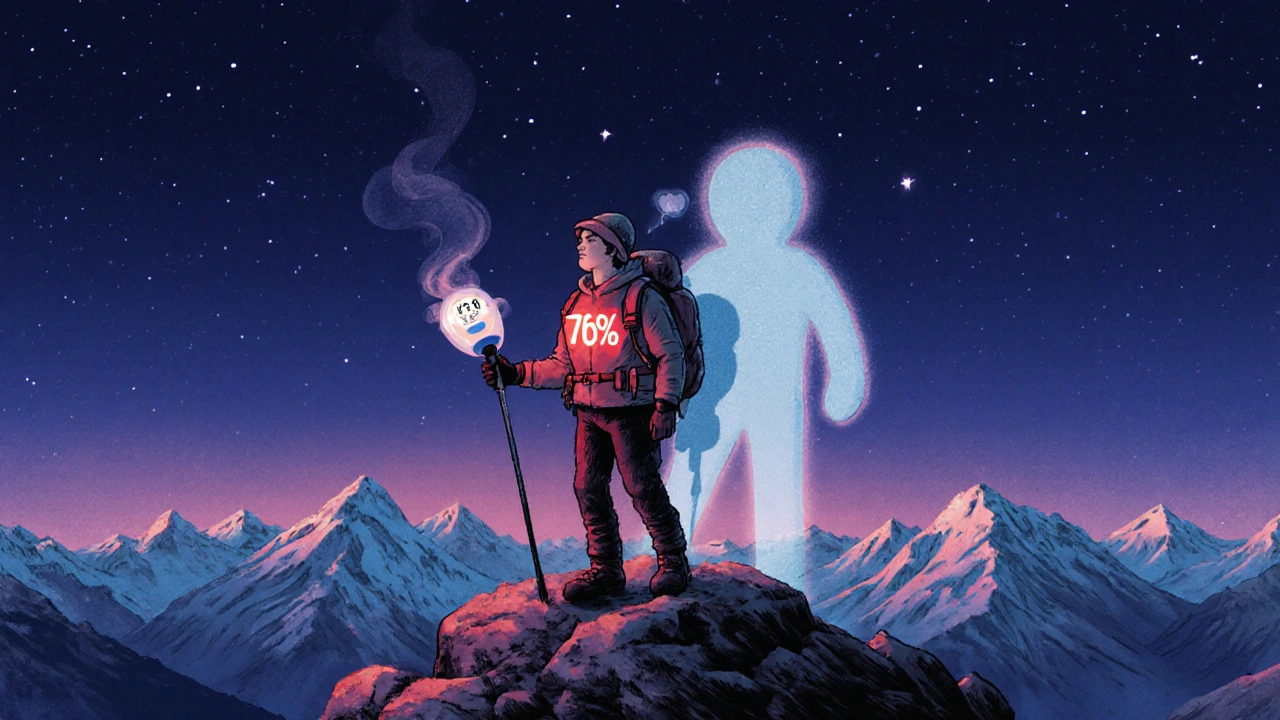
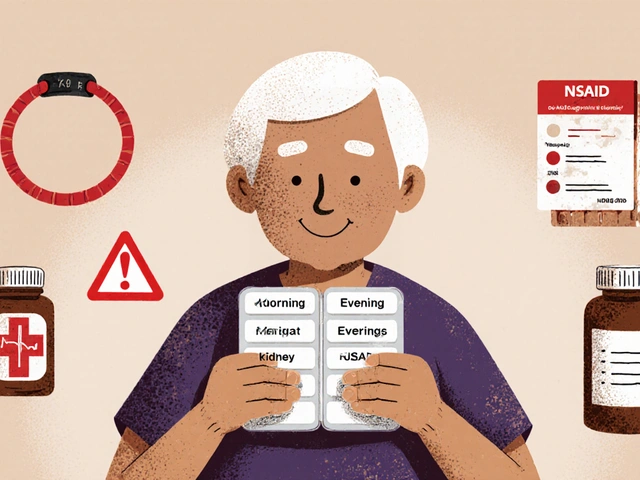
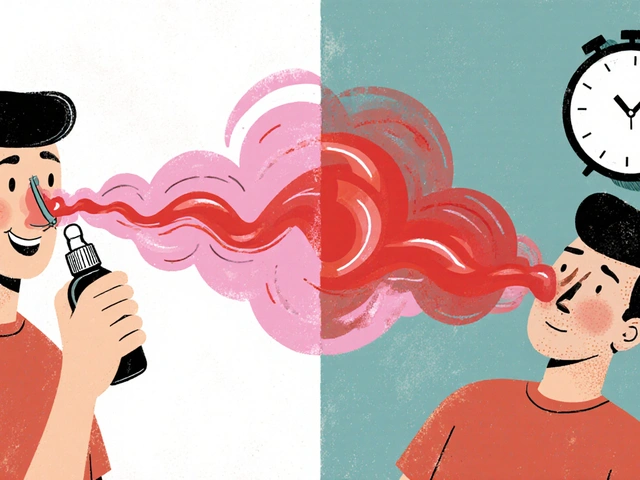



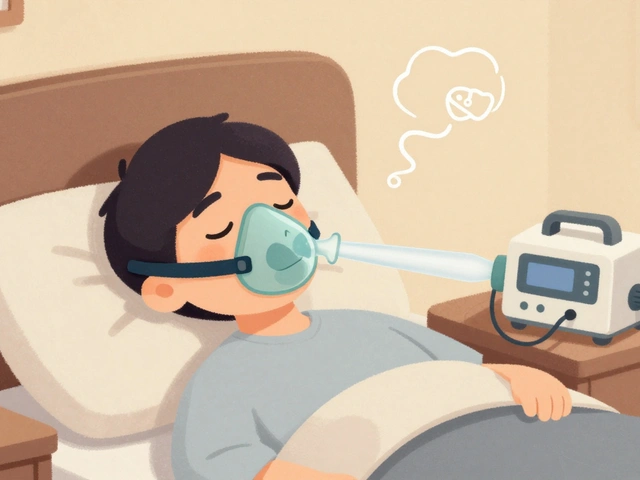

Ellen Calnan
19 Nov 2025 at 15:54That moment when you’re at 14,000 feet, staring at the stars like they’re whispering secrets, and you realize your body’s not just tired-it’s screaming for oxygen. I took a benzo once in the Andes. Thought it’d help me sleep. Woke up gasping like a fish on a dock. Never again. The mountains don’t care how anxious you are. They only care if you’re breathing.